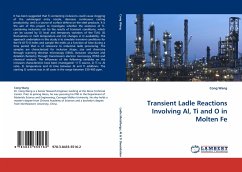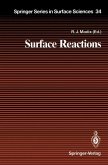Direct charge collection measurements are presented which prove that the presence of tungsten near sensitive volumes leads to extreme charge collection events through nuclear reactions. We demonstrate that, for a fixed incident particle linear energy transfer (LET), increasing particle energy beyond a certain point causes a decrease in nuclear reaction-induced charge collection. This suggests that a worst-case energy exists for single-event effect susceptibility, which depends on the technology, device layout, and the incident ions fixed LET value. A Monte Carlo approach for identifying the worst-case energy is applied to certain bulk-Si and silicon-on-insulator technologies. Simulation results suggest that the decrease in charge collection beyond the worst-case energy occurs because the secondary particles produced from the high-energy nuclear reactions have less mass and higher energy and are therefore less ionizing than those produced by lower-energy reactions.






